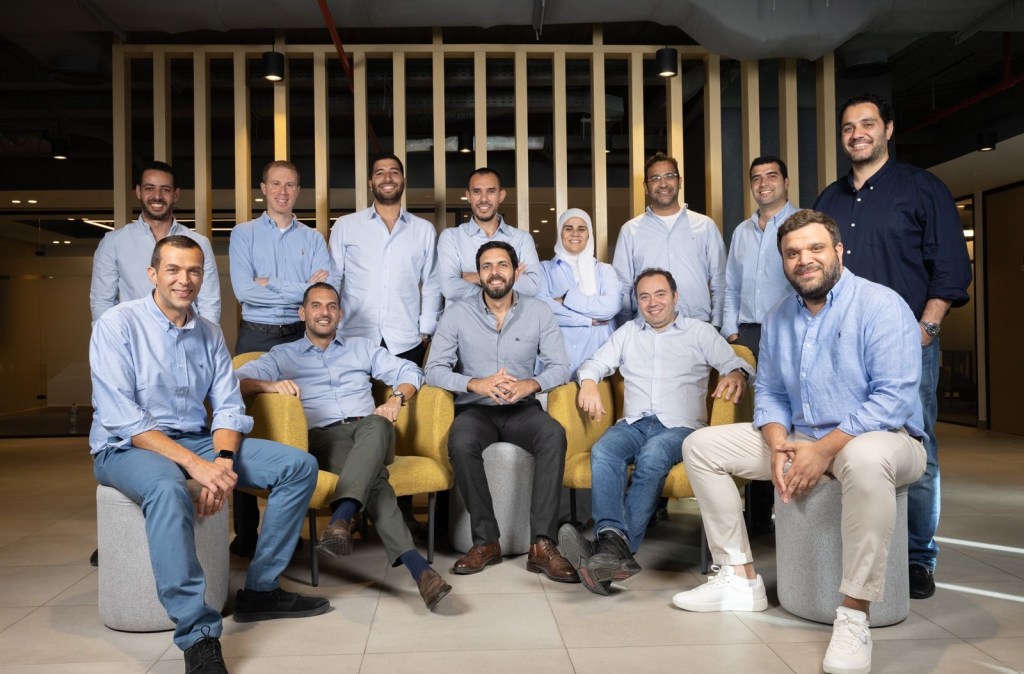The National Highway Traffic Safety Administration (NHTSA) has initiated a comprehensive investigation into Tesla’s Full Self-Driving (FSD) software following numerous reports of traffic safety violations. These incidents include vehicles allegedly running red lights and veering into incorrect lanes, raising significant concerns about the software’s reliability and safety.
Scope of the Investigation
The NHTSA’s Office of Defects Investigation (ODI) has identified over 50 reports detailing such violations, with four incidents resulting in injuries. This marks one of the first in-depth probes specifically targeting Tesla’s FSD system. Previously, in October 2024, the NHTSA had launched an investigation into FSD after receiving reports of crashes occurring under low-visibility conditions.
Background on Tesla’s Driver Assistance Systems
Tesla’s suite of driver assistance technologies includes Autopilot and the more advanced Full Self-Driving (FSD) software. While Autopilot offers features like adaptive cruise control and lane-keeping assistance, FSD aims to provide more comprehensive automation, including navigation on city streets and complex driving scenarios. Despite its name, FSD requires active driver supervision and is not fully autonomous.
Previous Investigations and Recalls
In April 2024, the NHTSA concluded a nearly three-year investigation into Tesla’s Autopilot system, identifying 13 fatal crashes linked to its misuse. Concurrently, the agency opened a new probe into the effectiveness of Tesla’s corrective measures for Autopilot. Additionally, in February 2023, Tesla recalled 362,758 vehicles equipped with FSD Beta software due to safety concerns, highlighting ongoing challenges in ensuring the system’s safety and reliability.
Recent Developments and Tesla’s Response
The latest investigation coincides with Tesla’s release of an updated version of the FSD software, which CEO Elon Musk has extensively promoted. This new iteration purportedly incorporates training data from Tesla’s limited robotaxi pilot in Austin, Texas. However, the NHTSA’s findings indicate persistent issues. The ODI has received at least 18 complaints and one media report alleging that FSD failed to stop or remain stopped at red lights. Furthermore, six reports from Tesla under the agency’s Standing General Order for Crash Reporting (SGO) detail similar incidents.
Specific Incidents and Geographic Focus
Notably, multiple incidents occurred at the same intersection in Joppa, Maryland, prompting collaboration between the NHTSA, Maryland’s Transportation Authority, and State Police to assess the repeatability of these issues. Tesla has reportedly taken action to address the problem at this specific location. Additionally, the ODI identified 18 complaints, two media reports, and two SGO reports concerning instances where FSD:
– Entered opposing lanes during or after a turn.
– Crossed double-yellow lane markings while proceeding straight.
– Attempted to turn onto roads in the wrong direction, despite clear signage indicating otherwise.
Industry and Regulatory Implications
This investigation underscores the broader challenges facing the autonomous vehicle industry. While advancements in driver assistance technologies promise enhanced safety and convenience, they also introduce complex regulatory and ethical considerations. The NHTSA’s proactive stance reflects a commitment to ensuring that such technologies meet stringent safety standards before widespread deployment.
Tesla’s Position and Future Outlook
Tesla maintains that its FSD software is designed to assist drivers and requires active supervision. The company emphasizes that drivers must remain attentive and ready to take control at all times. As the investigation progresses, Tesla may need to implement further software updates or recalls to address identified issues. The outcome of this probe could have significant implications for Tesla’s autonomous driving ambitions and the broader adoption of similar technologies across the automotive industry.
Conclusion
The NHTSA’s investigation into Tesla’s Full Self-Driving software highlights critical safety concerns associated with advanced driver assistance systems. As autonomous vehicle technologies continue to evolve, ensuring their safety and reliability remains paramount. Regulatory bodies, manufacturers, and consumers must collaborate to navigate the complexities of this rapidly advancing field, balancing innovation with the imperative of public safety.



